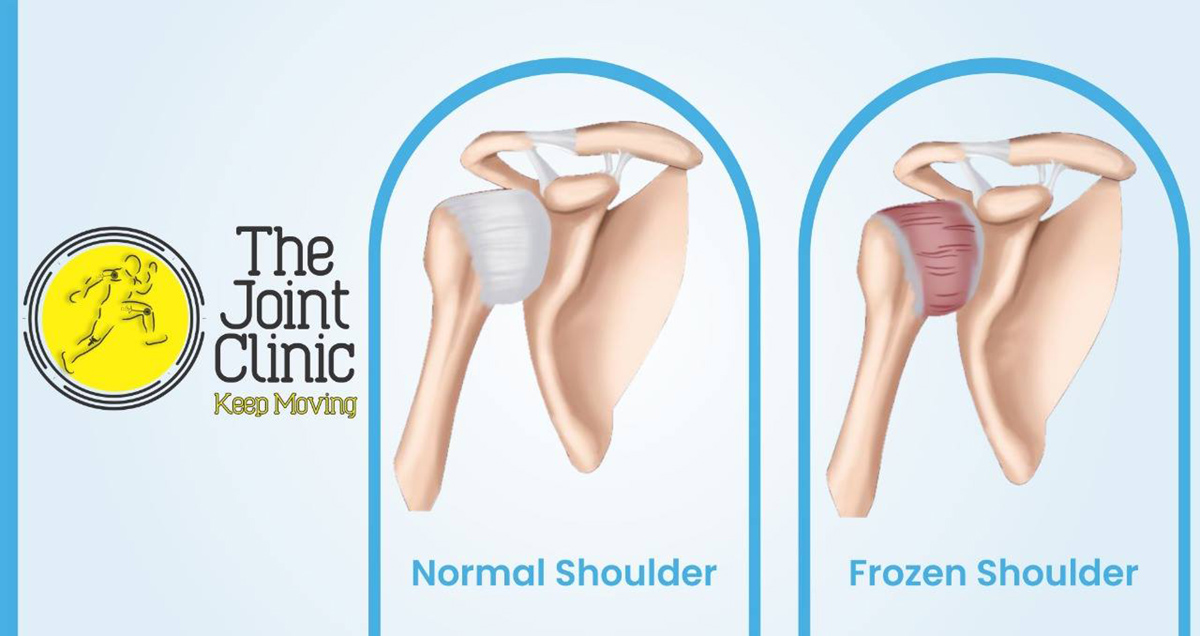
What exactly is frozen shoulder?
As its name suggests, frozen shoulder is a condition that affectsthe shoulder, and it is also termed as adhesive capsulitis. The maincharacteristics of this condition are pain and stiffness in the affected joint,and what is interesting about frozen shoulder is that the symptoms have thetendency to worsen over time, but after approximately two years, they tend toresolve on their own. The exact culprit has not been identified yet, but somefactors that might contribute to the occurrence of this condition, as well asrisk groups have been identified. Among them are those who have suffered fromshoulder immobility for a longer time due to the broken arm, stroke, or somesurgery. Besides these people, those who have diabetes, tuberculosis, Parkinson'sdisease, cardiovascular disease, or some problem with the functioning of thethyroid gland, are also at higher risk of developing frozen shoulder. Even thoughthe condition in question can affect anyone, the fact is that the greatestmajority of people who suffer from frozen shoulder are older than 40, while morethan 50% of them are women.
What exercises should be done in cases of frozen shoulder?
Since the whole point of the treatment is to keep the painunder control and to maintain the range of motion of the shoulder, besidesmedications that help with pain, physical therapy is also very effective. Still,it is important to know that this condition goes through three stages and whichexercises should or should not be done in which stage is something that a physicaltherapist or some other professional should determine.
The first stage is called freezing up phase, and any attemptto do some exercises in this phase will only result in increased pain and aggravationof the condition, which is why it is best to avoid them.The second stage is called frozen phase, and there is nopoint in trying to exercises in this stage either, since practically anymovement is impossible due to the stiffness of the joint in question.The third stage is called thawing out phase, and only inthis phase some exercises can be performed, since both stiffness and pain havedecreased and the joint is more mobile than before. The recommendedexercises are biceps stretch, pectoral stretch and scapular motion or shrugging, and their goal is to improve the mobility of the joint. Inorder to make sure that they are performed correctly, the physical therapistshould be present.


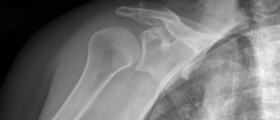
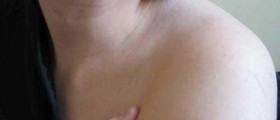


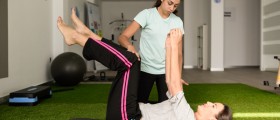
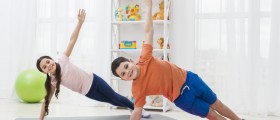




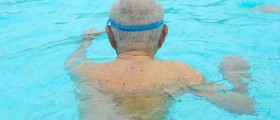



Your thoughts on this
Loading...